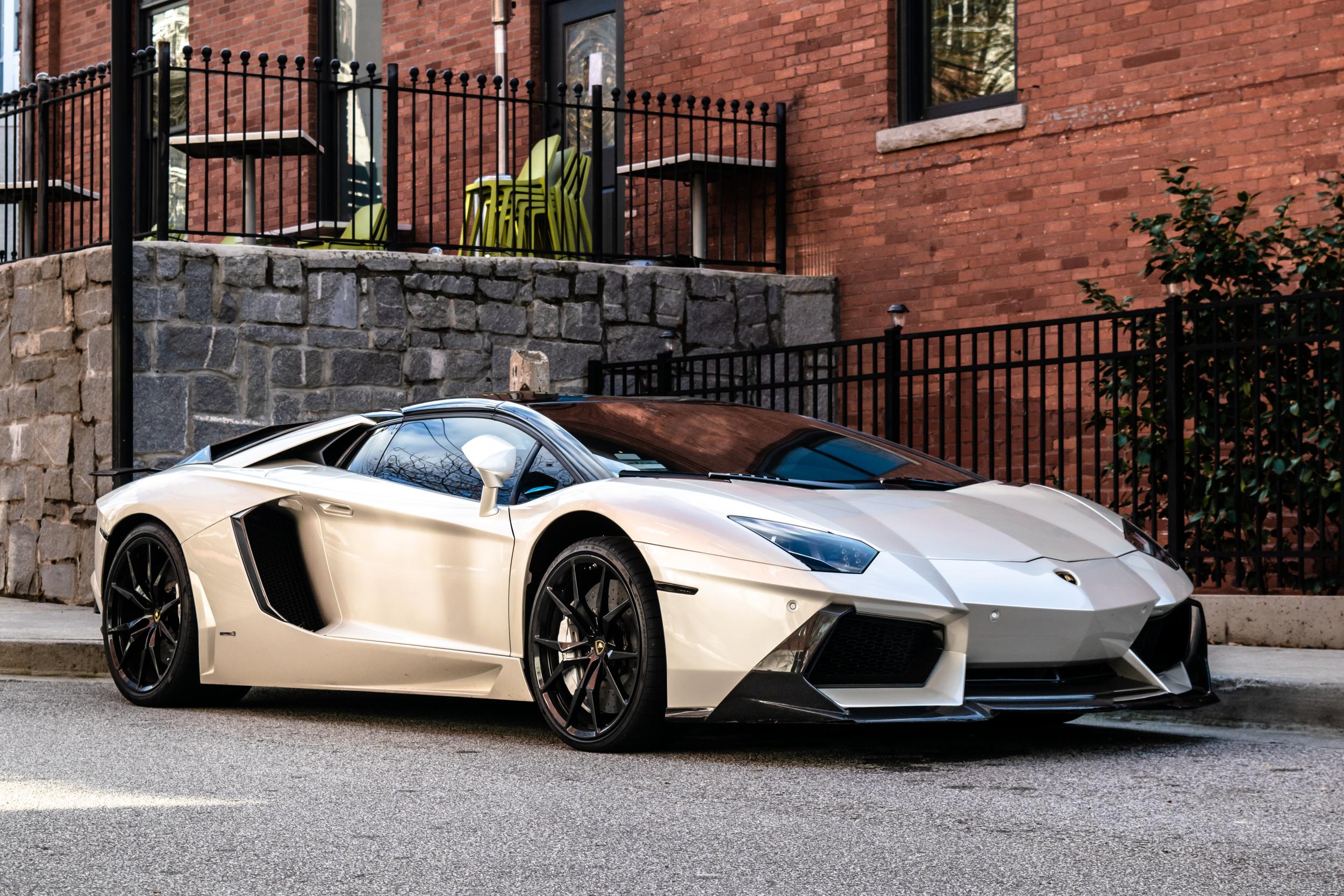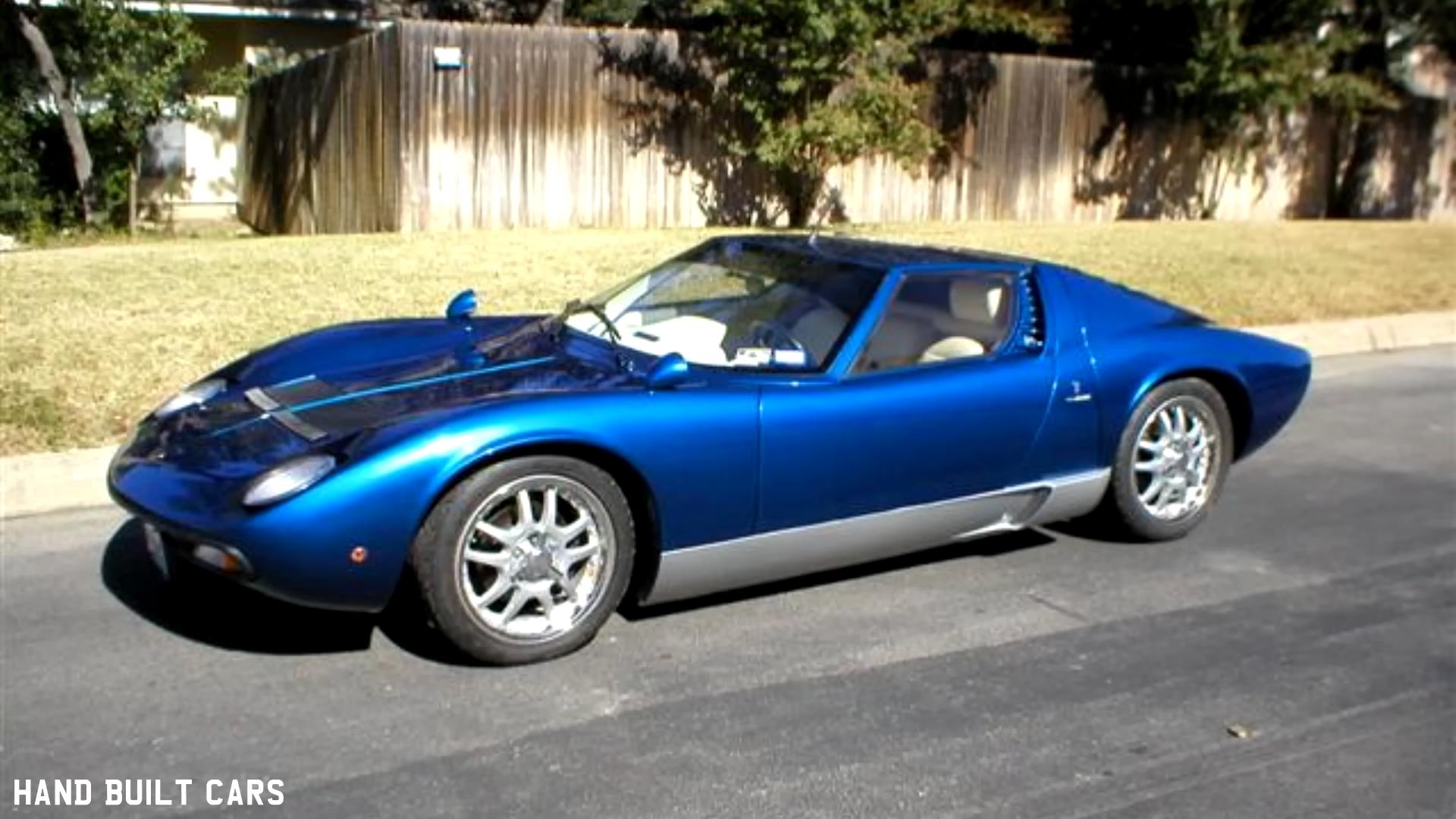Lamborghini has become synonymous with exotic design, sharp angles, and a bold aesthetic that pushes the envelope of automotive styling. But it’s not just Lamborghini that has captured the essence of this design philosophy. A variety of other manufacturers have embraced similar design cues, creating vehicles that might remind you of a Lamborghini, even though they have their unique characteristics and brand identities.
In this article, we will explore some of these vehicles and what makes them resemble the iconic Italian automaker’s designs.
McLaren 765 LT
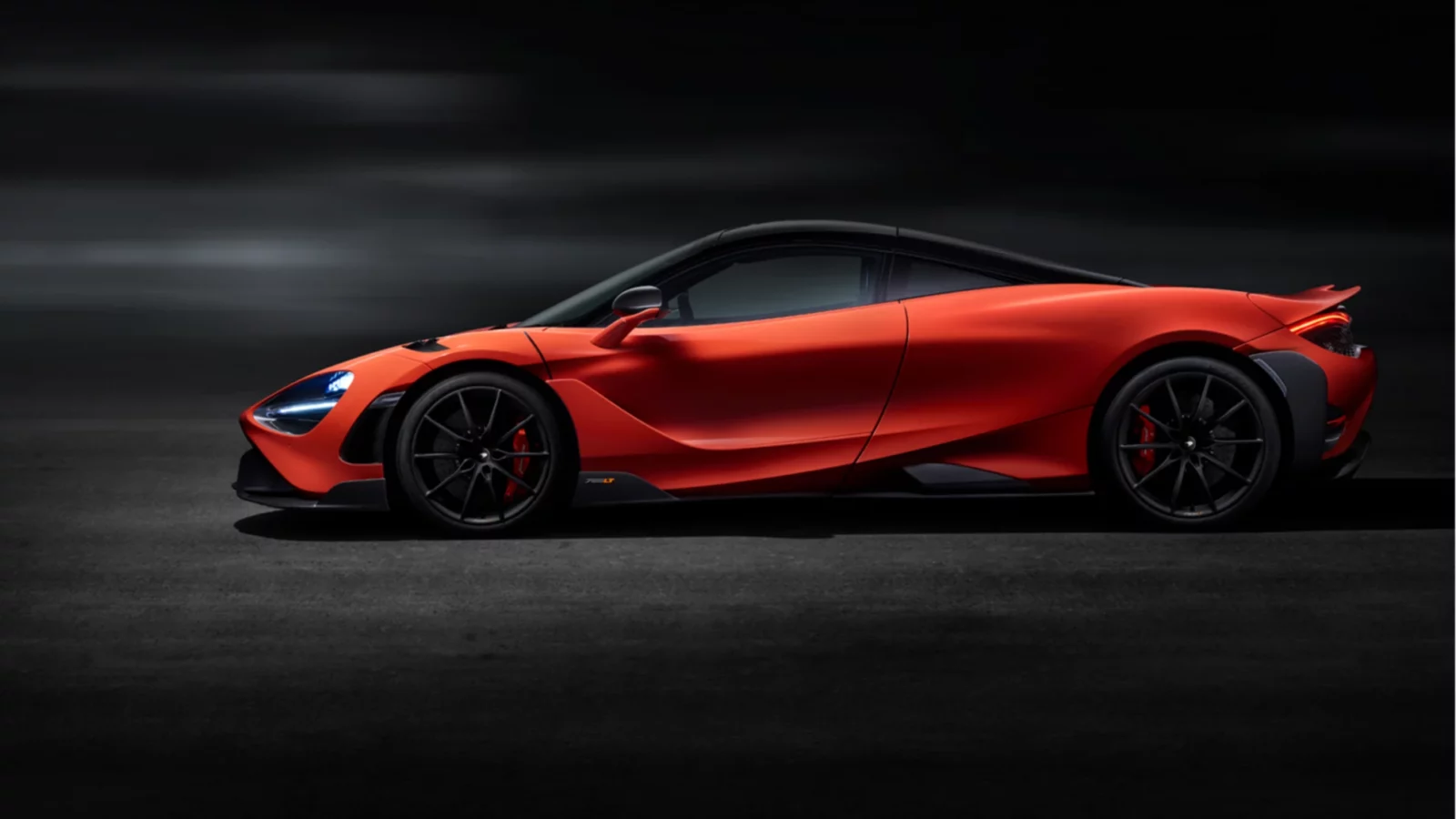
The car’s wide stance isn’t merely a design choice; it aids in achieving a lower center of gravity, which is pivotal for superior cornering capabilities and overall dynamic performance. The sculpted lines are a testament to McLaren’s attention to detail, ensuring that every curve serves a purpose, either in reducing drag or in aiding cooling.
Under the hood, the McLaren 765 LT is a marvel of automotive engineering. It is equipped with a potent 4.0-liter twin-turbo V8 engine, which is a centerpiece of its performance credentials. This powerhouse delivers an impressive 765 horsepower, which, combined with a lightweight design, results in a thrilling acceleration experience. The use of carbon fiber in its construction isn’t just for aesthetics; it significantly reduces the vehicle’s weight, enhancing both its acceleration and agility.
Inside, the 765 LT continues to impress with a cabin that balances luxury and functionality. The interior is adorned with high-quality materials and state-of-the-art technology, providing both comfort and a race-inspired ambiance. The seats, upholstered in fine leather and Alcantara, offer support and comfort, crucial for both everyday driving and more spirited endeavors.
In terms of technology, the McLaren 765 LT is equipped with an advanced infotainment system, offering a seamless interface for navigation, entertainment, and vehicle settings. The digital instrument cluster provides the driver with essential information in a clear and concise manner, essential for a car of this caliber.
McLaren P1
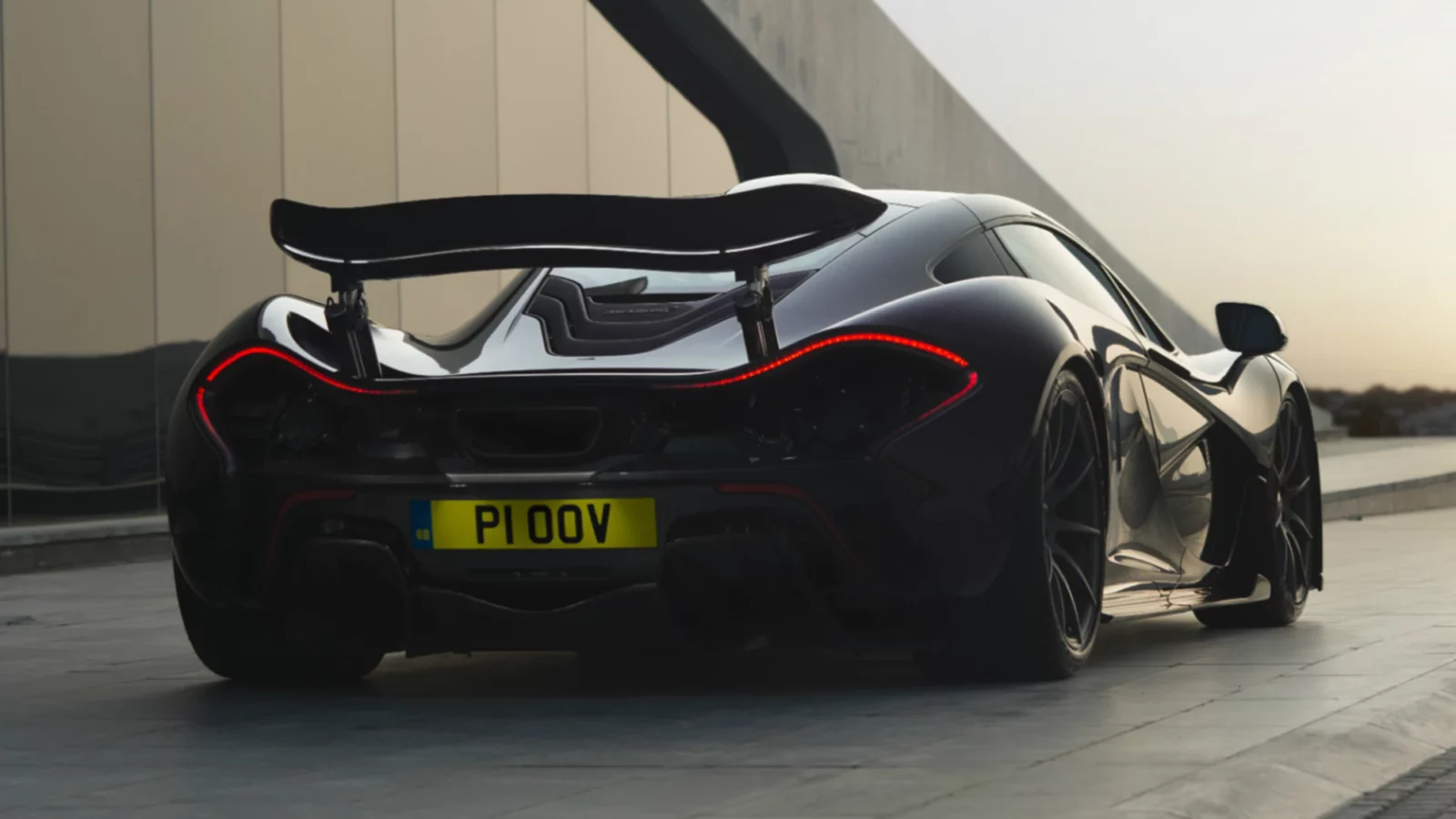
Another example from McLaren, the P1, offers an unparalleled blend of technological innovation and stunning design. Its aerodynamic efficiency, marked by cutting-edge wing structures, mirrors the dramatic flair seen in Lamborghinis. The hybrid powertrain adds to the P1’s mystique, reflecting a forward-thinking approach to performance car design, much like some of Lamborghini’s groundbreaking concepts.
At the heart of the P1’s design philosophy is aerodynamic efficiency. Every line and curve serves a purpose, contributing to the car’s exceptional aerodynamic profile. The advanced active wing structures are not just visually striking but play a pivotal role in managing airflow around the car. This results in enhanced downforce, which is crucial for maintaining stability and grip at high speeds, a feature that is highly valued in performance cars like those from Lamborghini.
The hybrid powertrain of the McLaren P1 is a focal point of its technological prowess. Combining a twin-turbocharged 3.8-liter V8 engine with an electric motor, the P1 delivers a staggering total output of 903 horsepower. This blend of traditional combustion and electric power not only offers impressive acceleration but also contributes to improved fuel efficiency and reduced emissions, a nod to the growing emphasis on sustainability in supercar design.
Inside the P1, the cabin reflects McLaren’s commitment to blending luxury with functionality. The interior is minimalist yet sophisticated, focusing on the driver’s experience. High-quality materials and advanced digital displays ensure that the driver is both comfortable and fully informed of the car’s performance metrics.
McLaren’s use of cutting-edge materials extends to the P1’s construction. The extensive use of carbon fiber not only reduces weight, enhancing the car’s agility and performance, but also adds to the vehicle’s overall strength and safety.
McLaren 720s
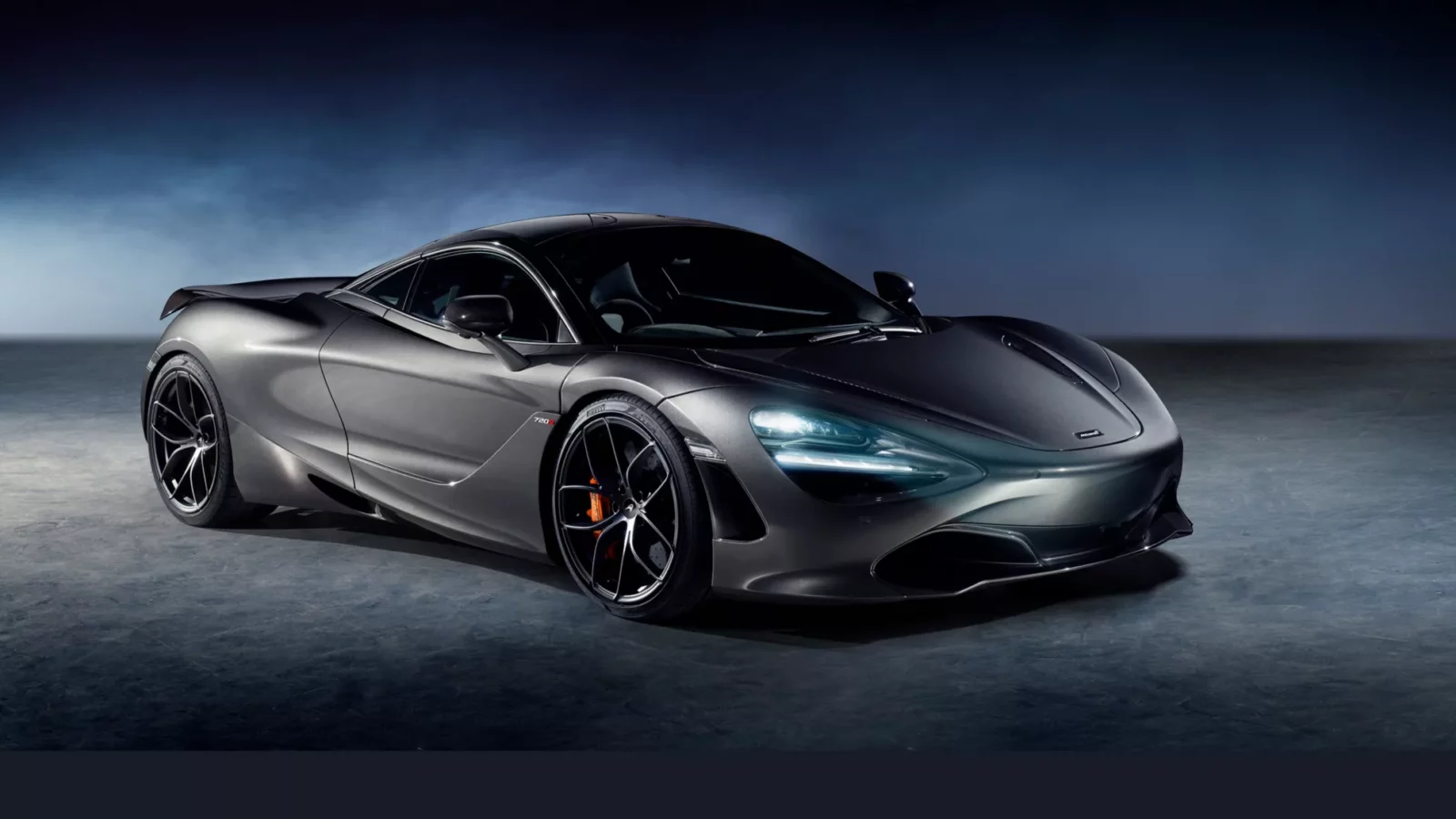
The 720s embodies McLaren’s dedication to sleek, aerodynamic engineering. The car’s flowing lines, aggressive front fascia, and angular design communicate a sense of power and speed. Its adaptive aerodynamic system is not only visually attractive but also contributes to performance, forming a connection with the exotic presence that Lamborghinis are famous for.
Aerodynamics play a central role in the design of the 720S. The car’s silhouette is crafted to cut through the air with minimal resistance, enhancing both efficiency and performance. This is not just an aesthetic choice; every curve and angle has been meticulously engineered to optimize airflow. The result is a car that not only looks fast but also performs exceptionally at high speeds.
The 720S features an adaptive aerodynamic system that is a marvel of engineering. This system automatically adjusts the car’s aerodynamic elements, such as the rear spoiler, based on speed and driving conditions. These adjustments are crucial for maintaining balance and stability, especially during high-speed maneuvers, and contribute significantly to the car’s handling capabilities.
Under the hood, the McLaren 720S boasts a formidable 4.0-liter twin-turbocharged V8 engine, delivering a remarkable 710 horsepower. This power, combined with a lightweight carbon fiber chassis, allows the 720S to achieve extraordinary acceleration and top speeds, embodying the thrill that supercar enthusiasts seek.
The interior of the 720S is a blend of luxury and functionality. High-quality materials, including leather and Alcantara, are used throughout, providing a sense of sophistication and comfort. The design is driver-focused, with an intuitive layout and advanced technology that keeps the driver fully engaged with the car and the road.
McLaren’s emphasis on technology is evident in the 720S’s state-of-the-art features. The car is equipped with a comprehensive infotainment system, offering easy access to navigation, media, and vehicle settings. The digital instrument cluster is designed to provide clear, concise information, essential for a car with the capabilities of the 720S.
Audi R8
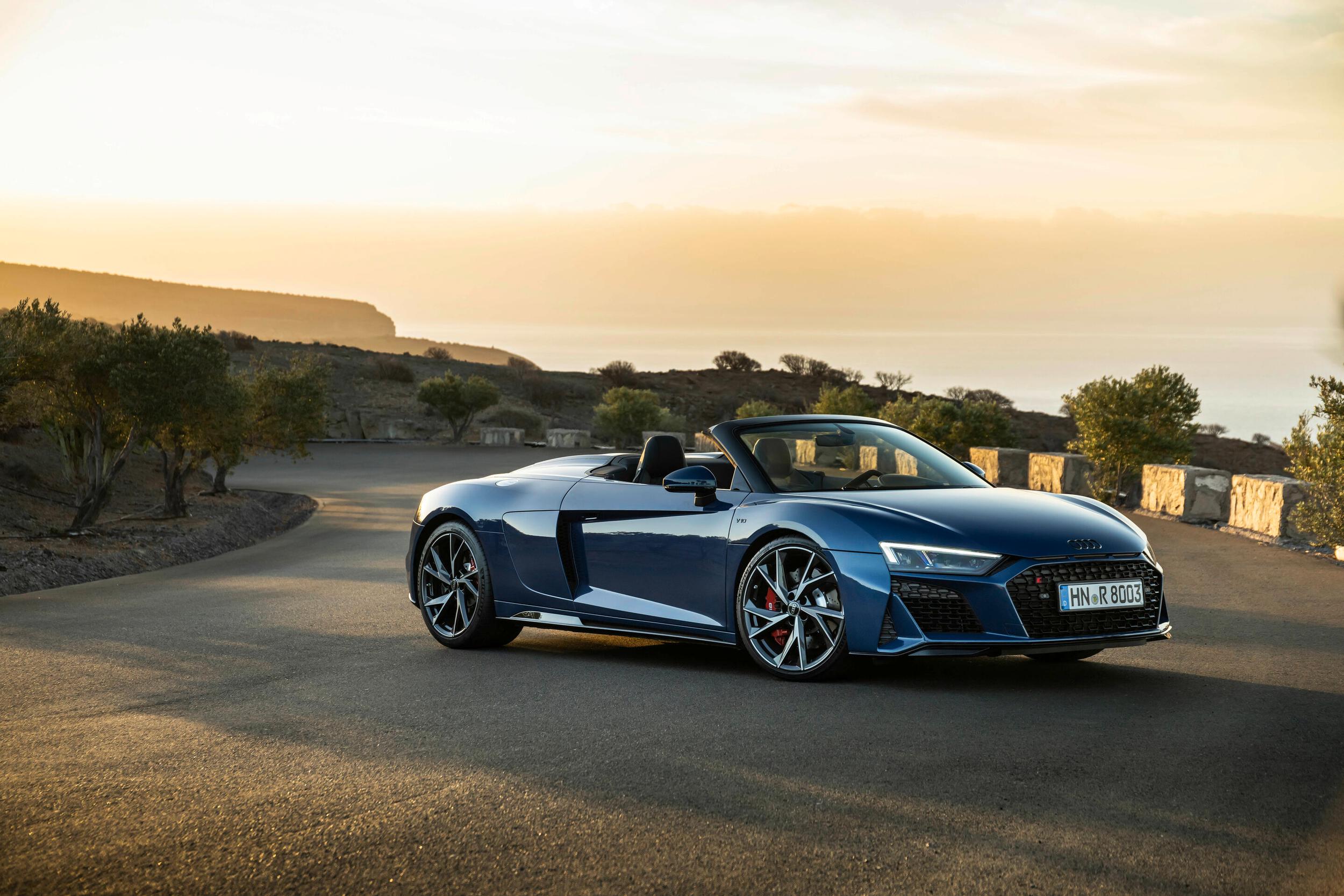
The Audi R8 is another sports car that draws visual connections to the Lamborghini lineup. With its mid-engine layout, the R8 shares an underlying architecture with some Lamborghinis. The bold side intakes, wedge-shaped profile, and unique LED lighting add to this resemblance. Moreover, the R8’s luxurious interior and technological prowess are reflective of the balance between performance and comfort, a philosophy shared with Lamborghini.
One of the most striking features of the R8 is its bold side intakes. These are not merely aesthetic enhancements; they serve a critical function in providing airflow to cool the engine and brakes, crucial for maintaining performance and reliability, especially under strenuous driving conditions. The wedge-shaped profile of the R8 is another design element that adds to its Lamborghini-like appearance. This shape is not only visually appealing but also contributes to the car’s aerodynamic efficiency, allowing it to slice through the air with less drag.
The unique LED lighting of the R8 is a standout feature, offering a modern and sophisticated look that enhances the car’s presence on the road. These lights are not just about style; they provide excellent visibility and contribute to the safety of the vehicle.
Inside, the Audi R8 offers a luxurious and technologically advanced cabin. The interior is designed to envelop the driver and passengers in comfort, with high-quality materials and meticulous craftsmanship. The R8’s interior combines sportiness with luxury, featuring leather and Alcantara upholstery, and a driver-focused cockpit that integrates the latest technology and infotainment systems.
In terms of performance, the R8 is equipped with a powerful engine, typically a V10, which provides exhilarating acceleration and a high top speed. The engine’s placement behind the driver contributes to a balanced weight distribution, enhancing the car’s handling and stability.
The technological prowess of the Audi R8 is evident in its advanced features, including the Audi virtual cockpit, which offers a customizable digital display for the driver, and an array of driver assistance systems designed to enhance both the driving experience and safety.
Porsche 911 GT3
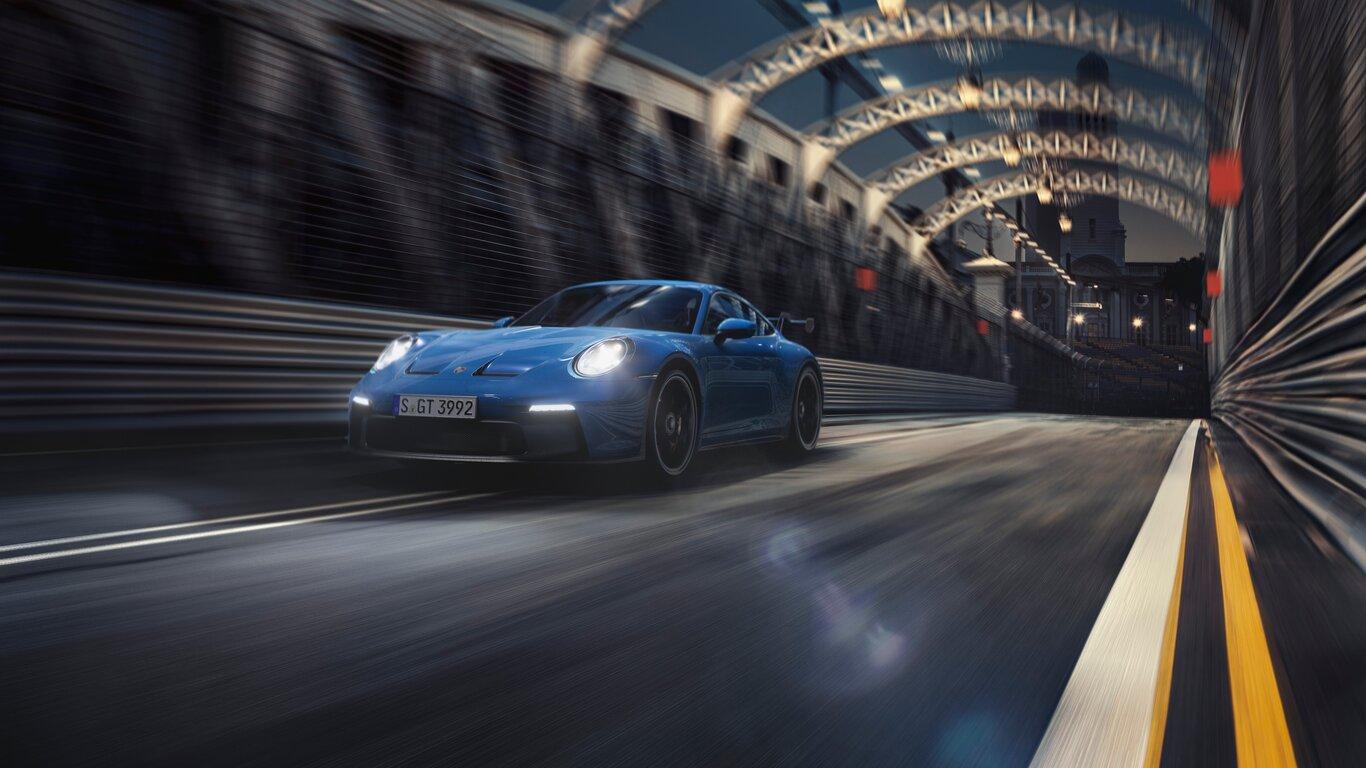
The Porsche 911 GT3 is a distinct interpretation of the classic 911 design. Its low, wide appearance and sleek aerodynamics echo the aggressive stance found in Lamborghini models. The GT3’s large rear wing and athletic profile further accentuate its sporty character. Like Lamborghini, Porsche has prioritized handling and responsiveness in the GT3, resulting in a car that doesn’t just look the part but also performs at the highest level.
The low and wide stance of the 911 GT3 is a key design element, contributing to its athletic and powerful appearance. This stance is not just for aesthetics; it plays a critical role in enhancing the car’s stability and handling, especially at high speeds or during tight cornering. The sleek aerodynamics are a result of meticulous design, with every line and curve serving to reduce air resistance and improve the car’s efficiency and speed.
One of the most notable features of the GT3 is its large rear wing. This isn’t merely a stylistic choice but a functional component that significantly increases downforce, thereby improving traction and stability during high-speed maneuvers. This feature echoes the performance-focused design seen in many Lamborghini models.
The athletic profile of the GT3 is further accentuated by its sporty and aerodynamically optimized bodywork. The design is purposeful, with elements like the front splitter and side skirts contributing to the car’s overall aerodynamic performance.
Underneath its striking exterior, the Porsche 911 GT3 is engineered for exceptional handling and responsiveness, a priority that mirrors Lamborghini’s approach to car design. The GT3 is equipped with a naturally aspirated flat-six engine, renowned for its high-revving character and exhilarating sound. This engine, combined with a lightweight construction and a finely tuned suspension system, delivers a driving experience that is both raw and refined.
The interior of the GT3 reflects Porsche’s commitment to combining performance with luxury. The cabin is designed with a focus on the driver, featuring sport seats, high-quality materials, and a layout that puts all controls within easy reach. The integration of advanced technology and infotainment systems ensures that the driver remains connected and informed, without detracting from the car’s performance-oriented nature.
Ford GT
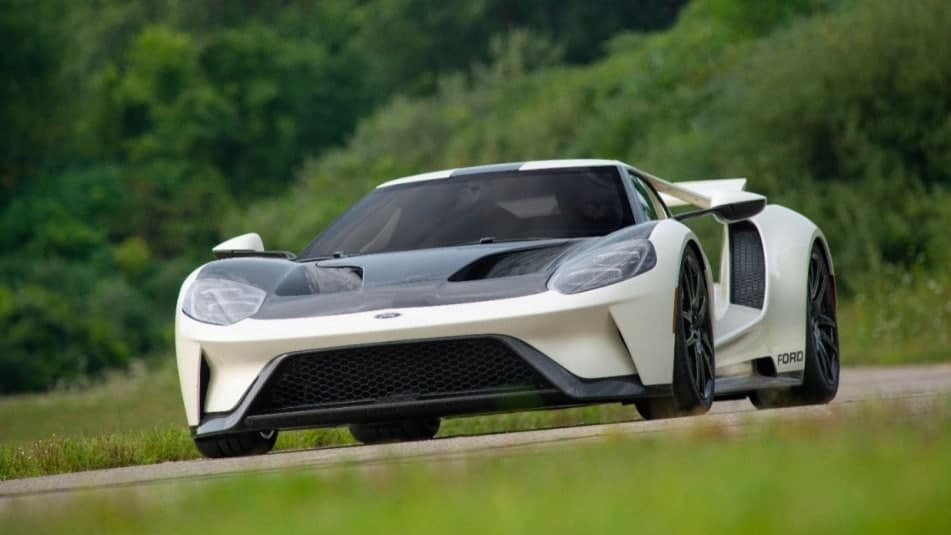
Ford’s GT is a striking blend of racing heritage and innovative design. Its flying buttresses, aerodynamically sculpted body, and dramatic rear fascia draw parallels to Lamborghini models. Built with an emphasis on performance and handling, the Ford GT’s lightweight construction and turbocharged engine mirror the quest for speed and efficiency that characterizes many Lamborghinis.
The flying buttresses on the Ford GT are not just a striking visual element; they serve a crucial aerodynamic function. These structures channel air around the car, significantly aiding in downforce and cooling, critical for maintaining performance and stability at high speeds. This design feature exemplifies the car’s blend of form and function, a principle also evident in Lamborghini’s approach to design.
The aerodynamically sculpted body of the Ford GT is a result of extensive wind tunnel testing and computational fluid dynamics analysis. Every curve and contour is engineered to reduce drag and optimize airflow, enhancing the car’s efficiency and performance. This meticulous attention to aerodynamics is reflective of the design philosophy that underpins many high-performance Lamborghinis.
The dramatic rear fascia of the Ford GT is another element that echoes the bold styling of Lamborghini. It includes functional components like the rear diffuser and exhaust outlets, which play a role in the car’s aerodynamic and performance characteristics. The integration of these elements into the overall design contributes to the GT’s aggressive and commanding presence.
Performance and handling are at the core of the Ford GT’s design. It features a lightweight construction, primarily using carbon fiber and aluminum, which reduces overall weight and improves agility. The use of these materials is a testament to Ford’s commitment to advanced engineering techniques, a concept shared with Lamborghini in their pursuit of performance excellence.
The heart of the Ford GT is its turbocharged engine, a departure from the naturally aspirated engines traditionally found in Lamborghini models but still in line with the quest for speed and efficiency. The GT’s engine, often a V6 EcoBoost, delivers exceptional power and torque, providing exhilarating acceleration and a high top speed, crucial for a car with its racing pedigree.
BMW M4
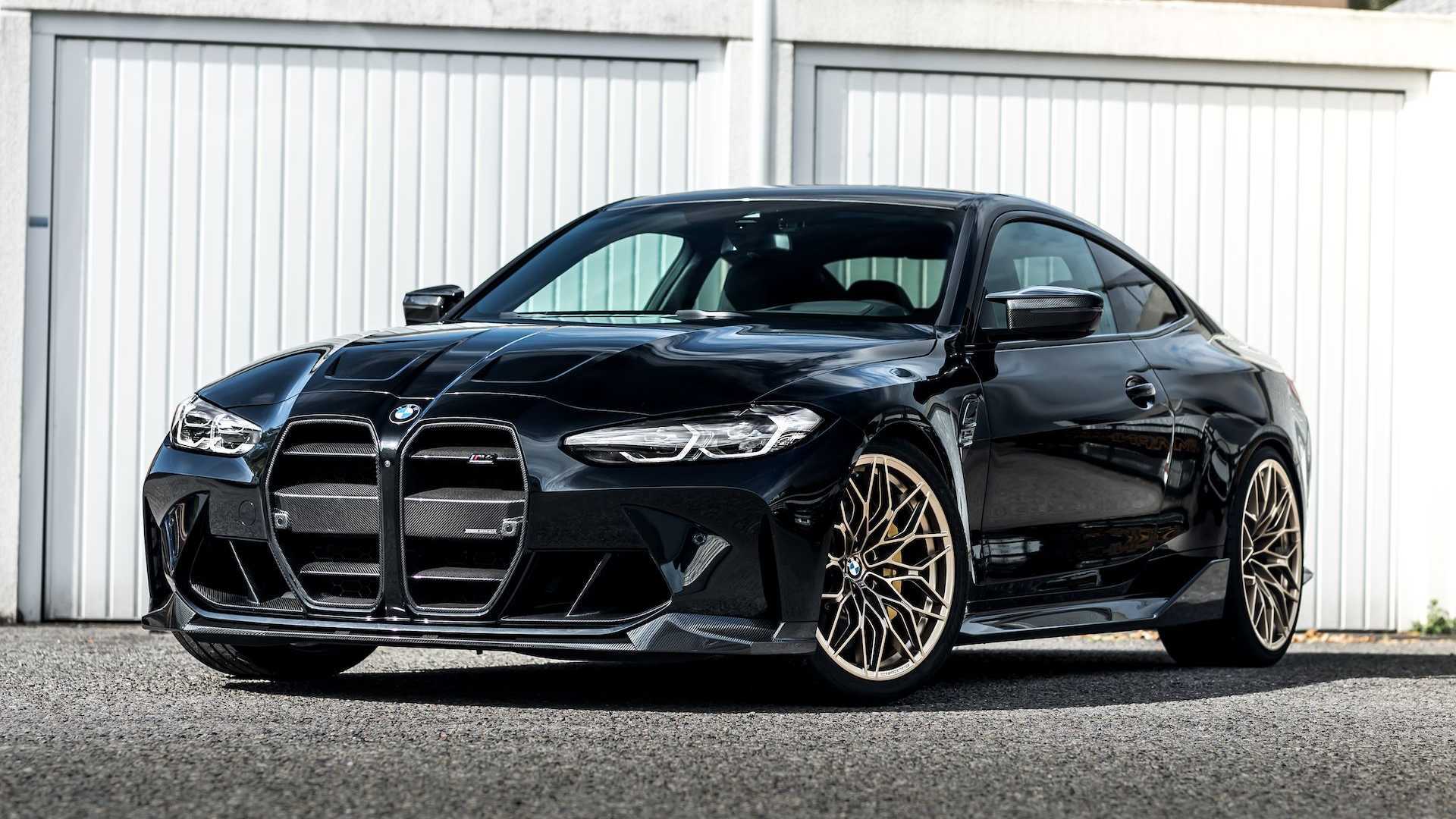
The BMW M4, with its aggressive front grille, muscular lines, and sporty stance, reflects a design philosophy akin to that of Lamborghini. The wide front fenders, bold air intakes, and sculpted rear design emphasize the car’s performance credentials. The M4’s engine and drivetrain options also demonstrate a commitment to performance and driver engagement, hallmarks of the Lamborghini brand.
The aggressive front grille of the M4 is a defining feature, instantly recognizable as part of the BMW M lineage. This bold grille not only contributes to the car’s assertive appearance but also serves a functional purpose, providing increased airflow to the engine for cooling. This design element echoes the emphasis on blending form and function seen in Lamborghini’s approach to vehicle design.
Muscular lines and a sporty stance are key visual aspects of the M4, conveying its performance capabilities even at a standstill. The wide front fenders are not merely aesthetic; they accommodate larger wheels and tires, enhancing the car’s grip and handling. Similarly, the bold air intakes in the front fascia are designed to optimize airflow to critical components, further improving performance.
The sculpted rear design of the M4, including the integrated rear spoiler and diffuser, adds to the car’s dynamic look and aerodynamic efficiency. These features contribute to increased downforce, aiding stability and handling at high speeds, a characteristic that is highly valued in performance cars like those from Lamborghini.
Under the hood, the M4 boasts a potent engine, typically a high-performance inline-six, equipped with BMW’s TwinPower Turbo technology. This engine delivers a remarkable blend of power, responsiveness, and efficiency, providing a driving experience that is both exhilarating and engaging. The engine’s performance, coupled with advanced drivetrain options, such as rear-wheel drive or BMW’s xDrive all-wheel-drive system, underscores the M4’s commitment to delivering driver-focused dynamics.
The interior of the M4 is a testament to BMW’s dedication to luxury and driver engagement. The cabin features high-quality materials, sporty yet comfortable seating, and a driver-centric layout. Advanced technology and infotainment systems are seamlessly integrated, ensuring that the driver remains connected and in control.
Ferrari 296 GTB
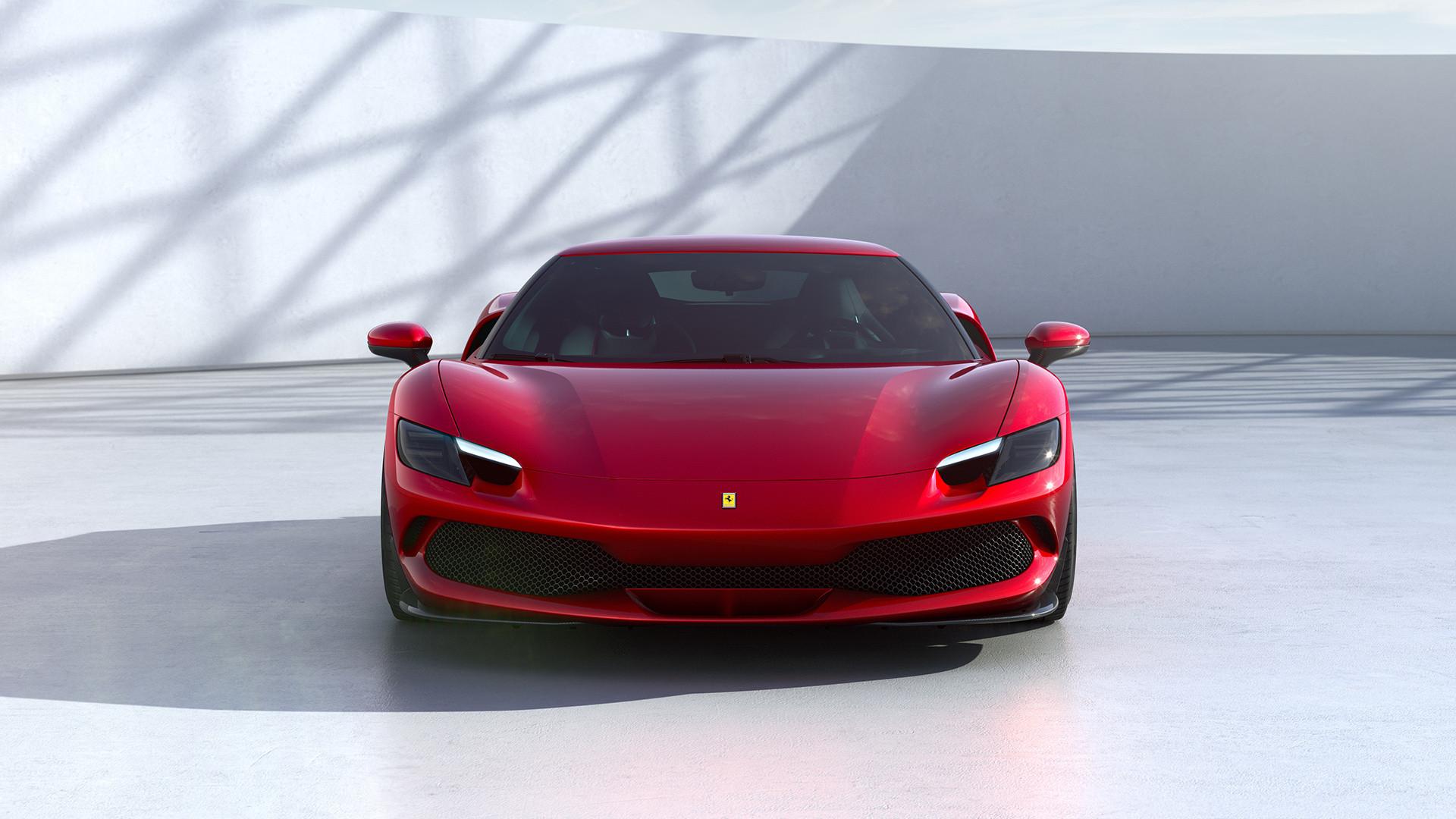
The Ferrari 296 GTB stands out with a sculpted body, pronounced aerodynamic features, and a hybrid powertrain. Its blend of traditional Ferrari elegance with sharp, aggressive lines embodies a design language reminiscent of Lamborghini’s bold styling. The 296 GTB’s focus on driving dynamics, combined with the innovative use of materials, makes it a noteworthy entry into the realm of sports cars that echo Lamborghini’s aesthetics.
The sculpted body of the 296 GTB is a highlight of its design, featuring flowing lines that are both aesthetically pleasing and aerodynamically efficient. These lines are not just for show; they play a crucial role in directing airflow, reducing drag, and enhancing downforce, which are vital for high-speed stability and cornering performance. This focus on aerodynamic efficiency is reminiscent of the design approach seen in Lamborghini models, where form and function are harmoniously integrated.
Pronounced aerodynamic features of the 296 GTB, such as the front splitter, side air intakes, and rear diffuser, are carefully crafted to optimize the car’s aerodynamic performance. These elements contribute to the car’s aggressive appearance, reminiscent of the bold and dynamic styling that Lamborghini is known for.
Underneath its striking exterior, the Ferrari 296 GTB is powered by a hybrid powertrain, a forward-looking approach that combines a V6 engine with an electric motor. This combination not only provides exceptional power and acceleration but also enhances the car’s efficiency and reduces emissions. The use of a hybrid system is a nod to the growing trend of incorporating electric power into high-performance vehicles, a concept that Lamborghini has also explored in its designs.
The focus on driving dynamics is evident in the 296 GTB’s handling and responsiveness. Ferrari’s expertise in creating cars that offer an engaging and exhilarating driving experience is fully realized in this model. The car’s lightweight construction, advanced suspension systems, and precise steering all contribute to a driving experience that is both thrilling and refined.
In terms of materials, Ferrari’s innovative use of carbon fiber and other high-strength, lightweight materials in the construction of the 296 GTB plays a significant role in its performance capabilities. These materials not only reduce the overall weight of the car but also contribute to its structural rigidity, enhancing handling and safety.
Ferrari 812 Superfast
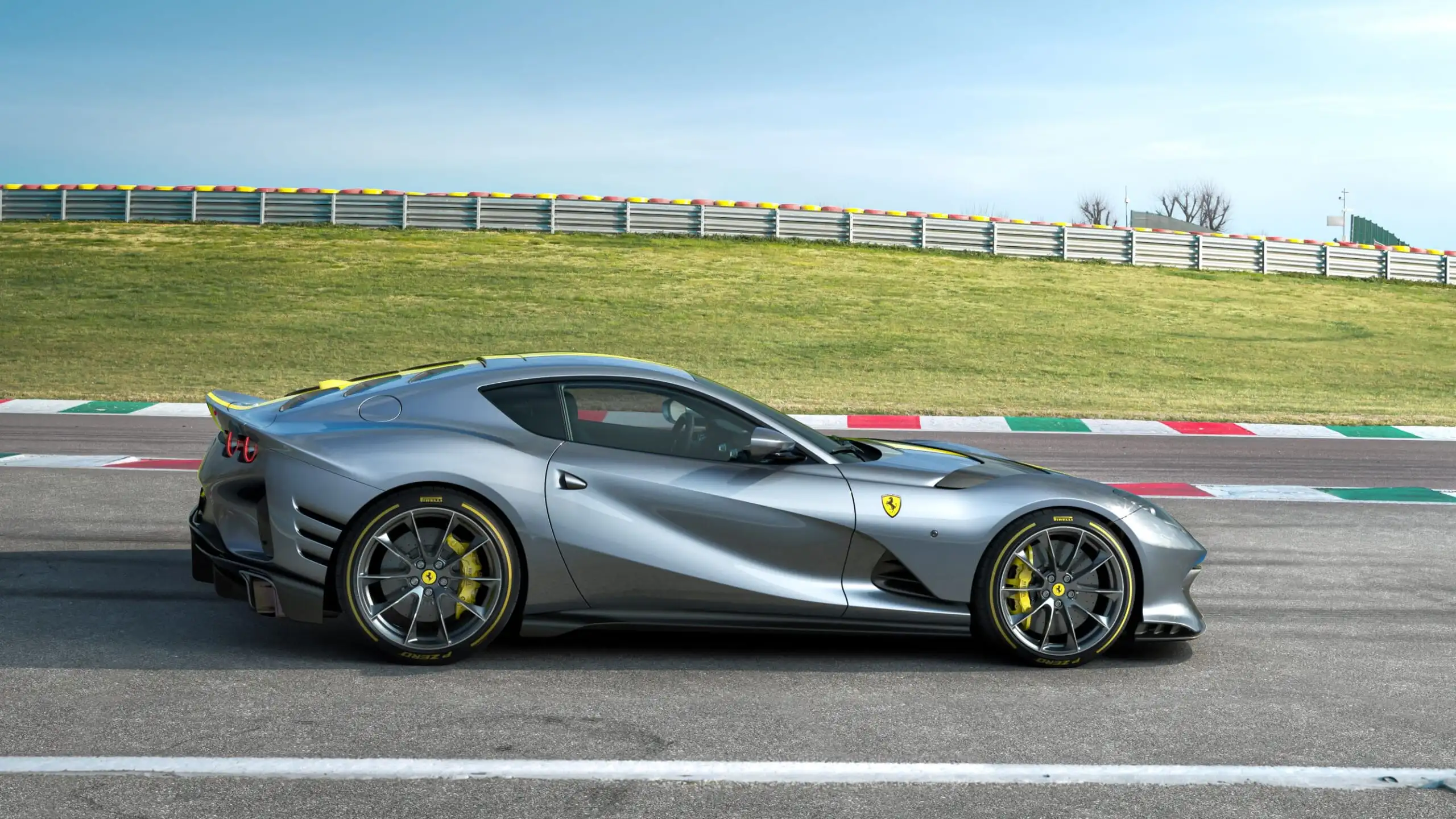
The 812 Superfast carries the unmistakable charm of Ferrari while also showcasing sharp, aggressive lines and a commanding presence that connects to Lamborghini’s design ethos. Its long hood, muscular fenders, and aerodynamic efficiency blend seamlessly to create a silhouette that’s both elegant and assertive. The V12 engine’s performance and the car’s driving dynamics further align with the sporty appeal of Lamborghini.
The long hood of the 812 Superfast is a defining feature, suggestive of the power that lies beneath. This design element is not only visually impactful but also functional, housing one of Ferrari’s most potent engines. The muscular fenders further accentuate the car’s powerful stance, contributing to an appearance that is both dynamic and graceful. This combination of elegance and muscularity in the design is reminiscent of Lamborghini’s approach to creating visually striking and performance-oriented vehicles.
Aerodynamic efficiency is a key aspect of the 812 Superfast’s design. Every line and contour has been meticulously crafted to optimize airflow, reduce drag, and enhance downforce. This focus on aerodynamics is evident in features like the active front flaps and rear diffuser, which adjust automatically to improve the car’s handling and stability at high speeds. This integration of aerodynamic functionality with aesthetic appeal is a hallmark of both Ferrari and Lamborghini designs.
At the heart of the 812 Superfast is its V12 engine, a masterpiece of engineering that delivers exhilarating performance. The naturally aspirated engine is renowned for its immediate response, high power output, and the unmistakable sound that is characteristic of Ferrari’s V12 lineage. This engine’s capabilities align with the sporty appeal and performance focus that is also central to Lamborghini’s philosophy.
The driving dynamics of the 812 Superfast are tailored to deliver an engaging and exhilarating experience. The car features advanced technologies such as rear-wheel steering and an electronic differential, which work in harmony to enhance handling, agility, and stability. The precision and responsiveness of the 812 Superfast make it a joy to drive, whether on winding roads or on the track, reflecting a shared emphasis on driver engagement with Lamborghini.
Jaguar F-Type
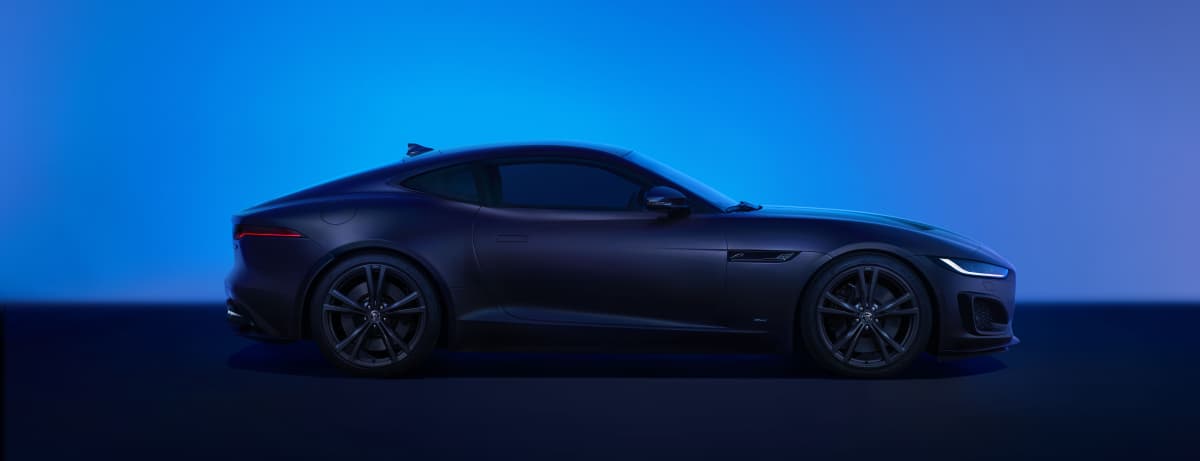
The Jaguar F-Type presents a British take on sports car design with its sleek profile, eye-catching LED headlamps, and luxurious interior. Though distinctive in its own right, the F-Type shares some visual harmony with Lamborghini’s dramatic appearance. Its range of powerful engines and finely tuned chassis ensure that its performance matches its striking looks.
The sleek profile of the F-Type is one of its most striking features, embodying the grace and fluidity typical of Jaguar’s design language. This sleekness is not just about aesthetics; it plays a vital role in the car’s aerodynamic efficiency, allowing it to cut through the air with ease, thereby enhancing performance. The resemblance to Lamborghini’s design comes in the form of this emphasis on aerodynamics coupled with a visually striking silhouette.
Jaguar’s attention to detail is evident in the eye-catching LED headlamps of the F-Type. These not only contribute to the car’s modern and sophisticated front-end appearance but also provide excellent illumination, combining functionality with style. The lighting design adds to the car’s dynamic and aggressive look, drawing a subtle parallel to the bold and expressive styling typical of Lamborghini.
The interior of the F-Type is a sanctuary of luxury and refinement, reflecting Jaguar’s commitment to comfort and quality. The cabin is adorned with premium materials, including leather and high-quality finishes, creating an environment that is both inviting and luxurious. This focus on a luxurious interior experience shares similarities with Lamborghini’s approach, where the cabin is designed to be both opulent and driver-centric.
Performance-wise, the Jaguar F-Type is equipped with a range of powerful engines, from potent V6s to exhilarating V8s. These engines deliver robust power and responsive acceleration, ensuring that the F-Type’s performance is as compelling as its looks. The finely tuned chassis contributes to the car’s dynamic handling and driving experience, offering a balance between agility, stability, and comfort.
Maserati MC20
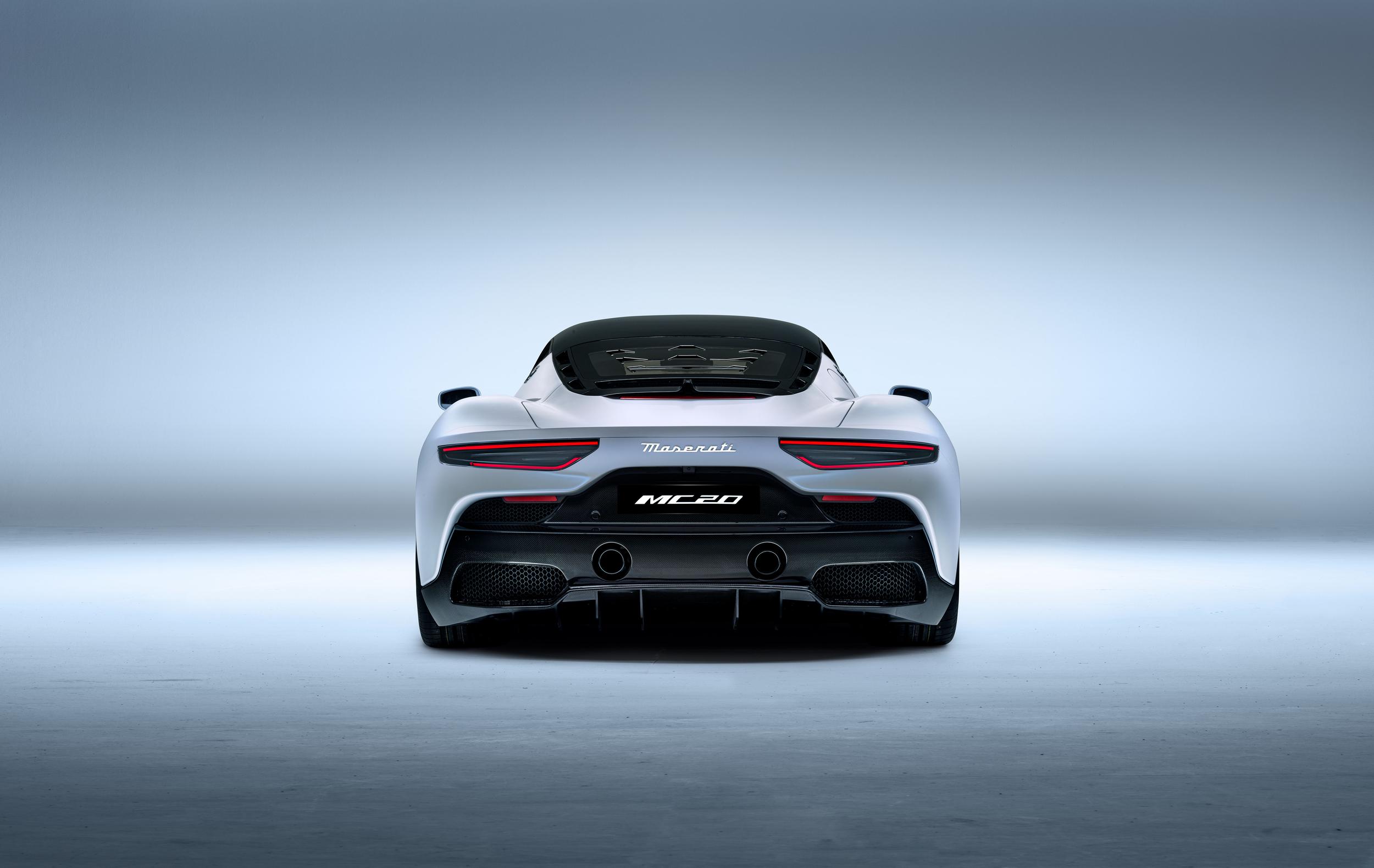
The Maserati MC20 represents a return to form for the Italian manufacturer, boasting aerodynamic efficiency and a sculpted design that evokes Lamborghini’s flair. From its striking butterfly doors to its finely crafted interior, the MC20 is a testament to Italian design excellence. Its unique engine and performance capabilities underscore Maserati’s commitment to delivering a car that resonates with sports car aficionados.
One of the most visually striking features of the MC20 is its butterfly doors, which are not only aesthetically pleasing but also functional, allowing easier access to the cabin and adding to the car’s exotic appeal. This design element is indicative of the attention to detail and the emphasis on a blend of form and function, reminiscent of the design principles seen in Lamborghini’s vehicles.
The exterior design of the MC20 is a study in aerodynamic efficiency and visual elegance. The car’s bodywork is sculpted to reduce drag and improve airflow, with every line and curve serving a specific purpose. This focus on aerodynamics contributes to the MC20’s performance, enhancing stability and handling at high speeds. The design reflects a harmony between beauty and engineering, a characteristic that is also central to Lamborghini’s approach.
Inside, the MC20 showcases Maserati’s commitment to craftsmanship and luxury. The interior is a blend of fine materials, including leather and Alcantara, with a design that is both modern and driver-focused. The cabin layout is intuitive, with controls and screens positioned for ease of use, ensuring that the driver remains connected and engaged with the car and the road.
Under the hood, the MC20 is powered by a unique engine, a testament to Maserati’s engineering prowess. The car features a specially developed V6 engine, which is both lightweight and powerful, offering impressive performance capabilities. This engine, combined with advanced drivetrain technology, delivers exhilarating acceleration and a dynamic driving experience, aligning with the performance ethos of Lamborghini.
Maserati GranTurismo
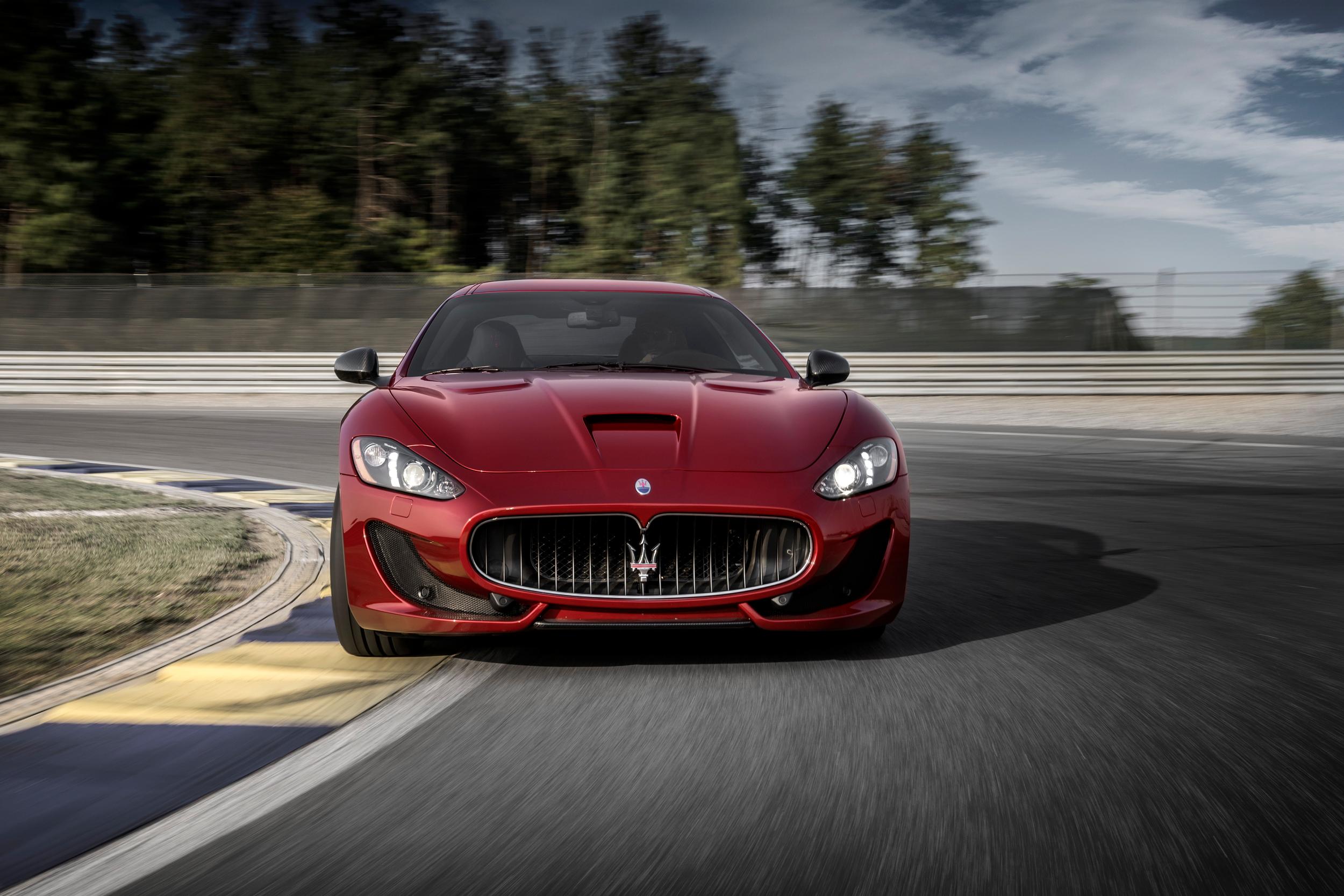
The Maserati GranTurismo combines elegance with the sporty appeal, carrying design elements that connect it to the styling cues of Lamborghini. Its flowing lines, aggressive front grille, and well-balanced proportions make it a visually appealing choice. The Granturismo’s engine options and handling characteristics further enhance its connection to the spirited world of performance cars.
A key element of the GranTurismo’s appeal is its flowing lines, which are both aesthetically pleasing and functional. These lines contribute to the car’s aerodynamic profile, allowing for smoother airflow and improved performance. The harmony of these flowing lines with the car’s overall design is reminiscent of the attention to aesthetics and aerodynamics seen in Lamborghini’s models.
The aggressive front grille of the GranTurismo is a defining feature, contributing to the car’s commanding presence. This grille is not just a visual element; it serves a critical function in channeling air to the engine, aiding in cooling and performance efficiency. The boldness of the grille and the striking front end design draw a subtle parallel to the pronounced and dynamic front fascias often seen in Lamborghini vehicles.
The GranTurismo’s well-balanced proportions are a result of meticulous design and engineering. The car’s stance and silhouette strike a balance between elegance and sportiness, making it visually appealing from every angle. This balance is a characteristic shared with Lamborghini, where design is as much about visual impact as it is about performance implications.
Under the hood, the Maserati GranTurismo is equipped with engine options that emphasize power and responsiveness. Typically powered by a robust V8 engine, the GranTurismo delivers exhilarating acceleration and a sonorous exhaust note, hallmarks of Italian engineering. This focus on a powerful and engaging engine mirrors the performance-centric approach of Lamborghini.
The handling characteristics of the GranTurismo further reinforce its connection to the world of performance cars. The vehicle is engineered to offer a dynamic driving experience, with a focus on agility, stability, and responsiveness. The suspension setup and chassis tuning are optimized to provide a balance between comfort for long drives and precision handling for spirited driving sessions.
Mercedes-Benz AMG

The AMG line from Mercedes-Benz showcases a range of models that align with Lamborghini’s aesthetic through angular bodywork, prominent air intakes, and aggressive stances. From coupes to roadsters, the AMG lineup emphasizes performance and cutting-edge technology. These cars not only share visual similarities with Lamborghini but also embody a similar commitment to performance and luxury.
Angular bodywork is a hallmark of the AMG design language. This styling choice is not just about creating a visually striking vehicle; it also plays a crucial role in aerodynamics, contributing to the cars’ stability and efficiency at high speeds. The angular lines and sculpted surfaces create a dynamic and powerful appearance, reminiscent of the bold and assertive designs seen in Lamborghini vehicles.
Prominent air intakes are another signature feature of AMG models. These are strategically placed to optimize airflow to the engine and braking systems, ensuring that these high-performance cars maintain optimal performance levels under various driving conditions. The functional aspect of these air intakes is seamlessly integrated into the overall design, enhancing the aggressive and sporty character of the cars.
The aggressive stance of AMG vehicles is achieved through a combination of wide tracks, large wheels, and low profiles. This stance not only contributes to a commanding road presence but also improves handling and cornering capabilities. The focus on a strong and assertive presence parallels the design approach of Lamborghini, where the stance of a vehicle is integral to its character and performance.
Across the AMG lineup, which includes coupes, roadsters, and even sedans and SUVs, there is a consistent emphasis on performance. These cars are equipped with powerful engines, often bi-turbo V8s, that deliver exceptional power and torque. The engines are coupled with advanced drivetrains and suspension systems, ensuring that the driving experience is both thrilling and refined.
Cutting-edge technology is a key component of the AMG experience. From advanced infotainment systems to innovative driver assistance technologies, AMG models are equipped with features that enhance both the driving experience and passenger comfort. This integration of technology is similar to Lamborghini’s approach, where the latest advancements are used to augment both performance and luxury.
Mercedes-Benz CLS Class
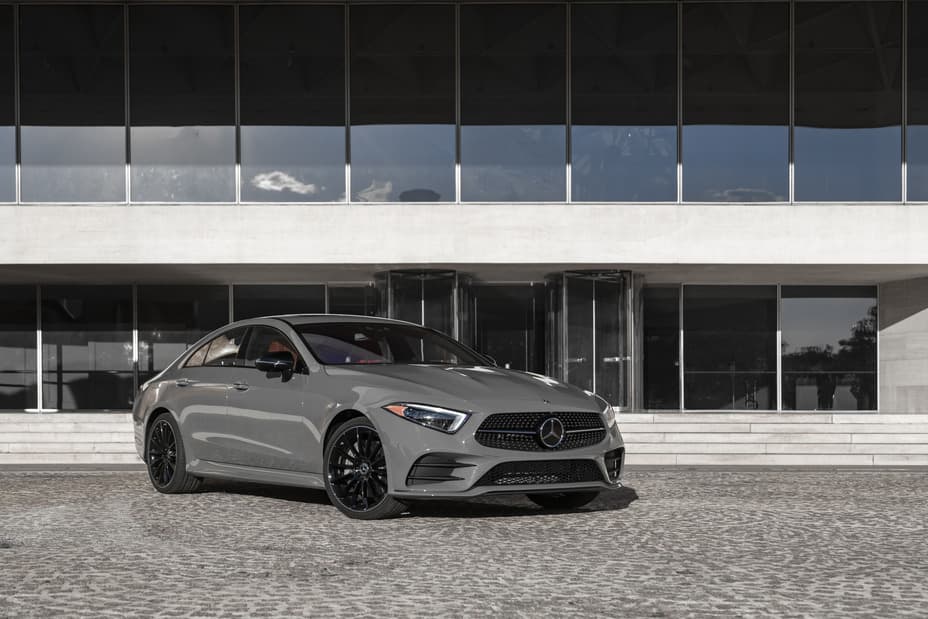
The Mercedes-Benz CLS Class combines elegance with sportiness, much like Lamborghini’s versatile design. Its sweeping lines, aggressive front fascia, and unique LED lighting design add to this visual connection. The range of powerful engines and refined handling characteristics of the CLS further underscore its place in the world of sporty luxury cars.
One of the most notable design elements of the CLS Class is its sweeping lines. These lines give the car a sense of motion even when stationary and contribute to an overall sleek and aerodynamic profile. This design approach is reminiscent of Lamborghini’s preference for dynamic and fluid shapes, where each curve serves both an aesthetic and functional purpose, enhancing the vehicle’s aerodynamic performance.
The aggressive front fascia of the CLS Class is another feature that draws a visual parallel to Lamborghini’s design language. The bold grille and sculpted bumper of the CLS Class are not just striking; they also play a crucial role in airflow management, cooling the engine and brakes for optimal performance. The integration of form and function in the front fascia is indicative of the design philosophy shared by high-performance luxury cars.
Unique LED lighting is a signature aspect of the CLS Class, contributing to its modern and sophisticated appearance. The LED headlamps and taillights are designed not only for visual appeal but also for superior illumination, enhancing both the car’s aesthetics and safety. This focus on advanced lighting technology is a trait commonly seen in Lamborghini models, where cutting-edge lighting enhances both the car’s design and functionality.
Under the hood, the Mercedes-Benz CLS Class boasts a range of powerful engines, offering a blend of efficiency, responsiveness, and exhilarating performance. These engines, often featuring turbocharging technology, provide the CLS Class with brisk acceleration and a high level of driving dynamics, aligning with the performance-centric nature of Lamborghini vehicles.
The handling characteristics of the CLS Class further reinforce its position in the realm of sporty luxury cars. The vehicle is engineered to deliver a refined and engaging driving experience, with a focus on precision handling, balanced weight distribution, and a comfortable ride. Advanced suspension systems and driving aids ensure that the CLS Class is both enjoyable to drive and comfortable for long journeys.
Lexus RC

The Lexus RC stands out with its bold spindle grille, sharp angles, and distinctive headlights. These elements provide another example of design that’s reminiscent of Lamborghini’s striking aesthetic. The RC’s range of performance-focused models, coupled with Lexus’s attention to quality and innovation, make it a car that appeals to those who appreciate both form and function.
A key element of the Lexus RC’s design is its bold spindle grille. This feature is not just a stylistic choice; it’s emblematic of the Lexus brand’s modern design language and serves a functional purpose in terms of airflow and cooling. The grille’s aggressive and distinctive look creates a strong front-end presence, reminiscent of the bold and assertive designs seen in Lamborghini models.
The sharp angles and sculpted lines of the RC further contribute to its dynamic appearance. These design elements enhance the vehicle’s aerodynamic efficiency and create a sense of movement and agility. The sharp angles and sleek contours are similar to the design approach seen in Lamborghinis, where angular lines and aerodynamic shapes combine to create a visually striking and performance-oriented vehicle.
Distinctive headlights are another hallmark of the Lexus RC, featuring sophisticated LED technology that not only provides excellent illumination but also contributes to the car’s modern and high-tech appearance. This focus on advanced lighting mirrors the approach taken by Lamborghini, where cutting-edge lighting technology is used to enhance both aesthetics and functionality.
In terms of performance, the Lexus RC offers a range of models that cater to different driving preferences, including options for those who prioritize performance. The RC’s engines, whether they’re efficient turbocharged four-cylinders or powerful V6s and V8s in the RC F model, provide a blend of responsiveness, power, and refinement. This focus on performance-oriented engineering is akin to Lamborghini’s dedication to high-performance capabilities.
Lexus’s attention to quality and innovation is evident throughout the RC. The interior is crafted with high-quality materials, offering comfort and luxury, while advanced technology and safety features ensure a connected and secure driving experience. Lexus’s commitment to craftsmanship and innovative technology is parallel to the luxury and technological advancements found in Lamborghini models.

